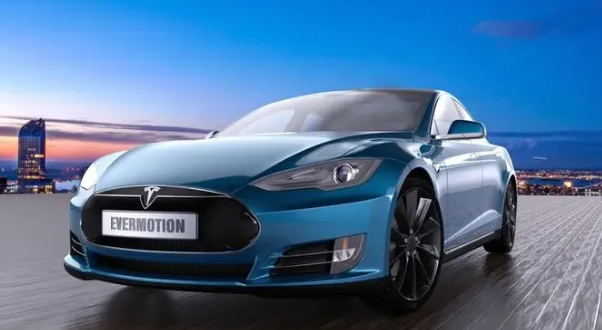Tesla disbanded the entire super charging team half a month ago, amidst a massive layoff, and now has given up on the “integrated die-casting” process. In fact, the purpose is very simple and clear. First, it is to reduce the production cost of Tesla’s new cars, so that profits can be guaranteed in the case of price cuts or reduced sales. This is a tactical decision. Second, it is to seize the FSD autonomous driving trend, concentrate on capital savings, and make all-out efforts to strive for a leading and breakthrough in FSD autonomous driving, so as to maintain Tesla’s leading edge in autonomous driving for a long time in the future, and thereby seize the market on a large scale. This is a strategic decision. There is no doubt that tactical decisions must serve and obey strategic decisions. Why do we say that?

1. Tesla has lost its advantage in the field of car manufacturing. No matter how much capital it invests in the field of car manufacturing and how much innovation it makes, it cannot compete with Chinese car companies. It is better to adopt mature processes, reduce costs, and increase profits.
In recent years, with the rise and competition of China’s new energy vehicle industry, Tesla’s technological advantage in car manufacturing has disappeared. Take Xiaomi SU7 as an example. It has been successfully manufactured in just three years. It has a clear advantage over Tesla Model 3 in all indicators, and its price is lower than it. Especially since this year, major Chinese car companies have been engaged in price wars and technology wars. Various new models have significantly improved their performance, but their prices have dropped. In the fierce competition, Tesla, which has a single product, has seen a sharp decline in sales and its stock price has fallen again and again. Revenue in the first quarter of this year fell 8.7% year-on-year, the first decline in nearly three years, and net profit and revenue have been lower than expected for three consecutive quarters. At present, the stock has fallen 42% this year, the worst performance among the components of the S&P 500 index. Currently, Tesla is placing its hopes on the launch of new cars, but does not want to invest more in the research and development of new cars, because they are well aware that they are at a disadvantage in competing with Chinese car companies in this field and have no advantages. Therefore, Tesla’s two new models, the Model Y crossover SUV and the Cybertruck pickup, have adopted the traditional three-stage casting method, and no longer need to model the new car’s “integrated die-casting” process, because although the “integrated die-casting” process can greatly improve work efficiency, the investment is also huge.
The initial investment in integrated die-casting technology is very high. In addition to investing in die-casting machines, you must purchase die-casting molds, melting furnaces, spraying equipment, picking equipment, cooling equipment, trimming machines, vacuum equipment, etc., all of which are very expensive. According to CICC’s calculations, with the same annual production of 100,000 vehicles, when using the traditional stamping-welding process, the total investment in equipment for the stamping + welding link is about 520 million; if all integrated die-casting processes are used, the total investment in equipment for the corresponding links is 710 million.
Obviously, Tesla does not want to invest too much on the basis of being unable to ensure the sales of new cars, so it has to give up the “integrated die-casting” process, with one purpose – to save money!
2. The technologies that Tesla can currently compete with Chinese car companies and are at the forefront are artificial intelligence and FSD autonomous driving.
If the first ten years of the automobile industry were a competition of car manufacturing technology, the next ten years would be a competition of intelligence and automation. Compared with the cities and regions of each car manufacturing technology, FSD autonomous driving is a global and strategic high ground. Tesla undoubtedly saw this, so it resolutely laid off employees gave up the research and development of some car manufacturing technologies, and instead invested its energy in FSD autonomous driving services.
In particular, Musk’s trip to Beijing on April 28th negotiated the landing of FSD autonomous driving services in China, which undoubtedly strengthened Tesla’s determination to promote FSD autonomous driving. To promote artificial intelligence and FSD autonomous driving services, it undoubtedly requires tens of billions of funds. Therefore, it is not difficult to understand Tesla’s recent series of actions. It is to concentrate funds on FSD autonomous driving. Because FSD autonomous driving is related to Tesla’s future and survival. Once it succeeds and occupies the market, the profit will be huge. After all, selling software has no cost and is a very profitable business!
Autonomous driving is also the future of Chinese car companies. In this track, China is also trying its best and accelerating comprehensively to compete with Tesla. If they win again in this track, the future of the automotive industry will be even more brilliant!

